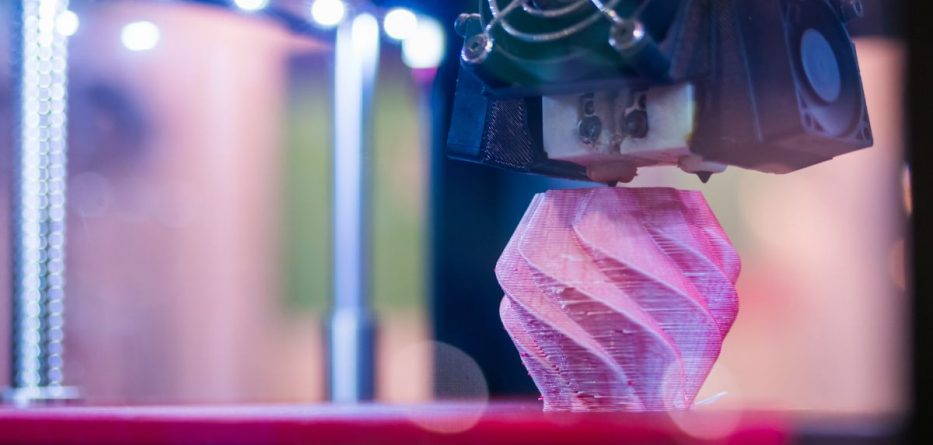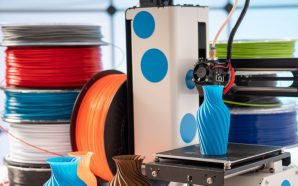Technology in its infancy stages usually comes at high prices. For example, VCRs cost consumers over $1,000 during the 1980s. 3D printing is relatively new but has the potential to change the world for the better. Knowing what 3D printing will look like in the future explains its magnificent potential.
Stabilizing Supply Chains
Manufacturers need a broad range of printers, materials, and relationships with other experts in their field to reap the most rewards. Production, post-processing automation, and seamless accessibility will be major developments down the line.
Additive manufacturing may usher in a new way of thinking about supply chains by integrating all processes—ideas, materials, digital inventory, production, and delivery—into a single, secure platform.
Manufacturing companies that use 3D printing as a production method will be able to construct supply chains that are shorter, more reliable, and less vulnerable to disruption. The supply chain’s weak link is always the physical inventory on hand. With the capacity to print on demand, the stock is entirely digital.
Engineers and manufacturers may send the current design file to the 3D printer closest to the next phase of the supply chain, whether it’s another manufacturer getting a component or a customer receiving the finished product. You can read more about this in books like Engineering Graphics with AutoCAD 2023.
Improved Collaborative Efforts
Mutual gains and synergy are two advantages of forming a partnership. They are key enablers in increasing 3D printing’s capacity for mass manufacturing, but broader collaboration is necessary for future advancement.

Just For Fun: An image created by AI (Dall-E) when given the prompt
“What will 3D printing look like in the future“
Printing and post-production systems should be compatible and standardized. By pooling manufacturing information, both parties may benefit from better printers and supplies. The same holds for finding the optimal answer; strong mutual aid is crucial. Connecting service providers, material manufacturers, and print farms throughout the globe is the next stage in creating a superior service.
Superior Sustainability
Sustainable manufacturing and supply chains are gaining importance due to the demands of consumers, government restrictions, and moral obligations. 3D printing is an example of this movement, which has the potential to reduce manufacturing waste.
Engineers may significantly reduce the necessary raw materials for manufacturing by designing parts for 3D printing. Additionally, 3D printing may reduce inventory and waste when integrated into an on-demand, distributed digital warehouse.
Transportation-related carbon dioxide emissions will significantly decline near the subsequent stage in the supply chain. Sustainable 3D printing materials—recycled, reused, and biodegradable polymers—will also see expansion.
Cheaper by the Dozen
As the need for specific materials that meet the essential qualities of end components increases, so will possibilities. It will be crucial for the next generation of printers, particularly industrial-grade solutions, to work with a wide variety of cutting-edge materials.
The improved print speed lowers the price of components, offsetting the high equipment expenses. The adaptability of 3D printing expands every day. One example is how dual extruders have changed the game, allowing individuals and businesses to find the best dual extruders on a budget.
Printing without support structures is another invention that promises to propel the field forward since it increases the usefulness of additive manufacturing.
Learning what 3D printing will look like in the future shows that we have only scratched the surface of this technology’s benefits. Imagine a world where minimal supply chain concerns and carbon emissions are a fraction of what they currently are—that’s what we have to look forward to!









